How to Make Your Garden Look Like a Forest — More Privacy, More Beauty, And Better For the Environment
If you know how to make your backyard look like a forest you can create a space that feels private, calm and is better for the environment, too
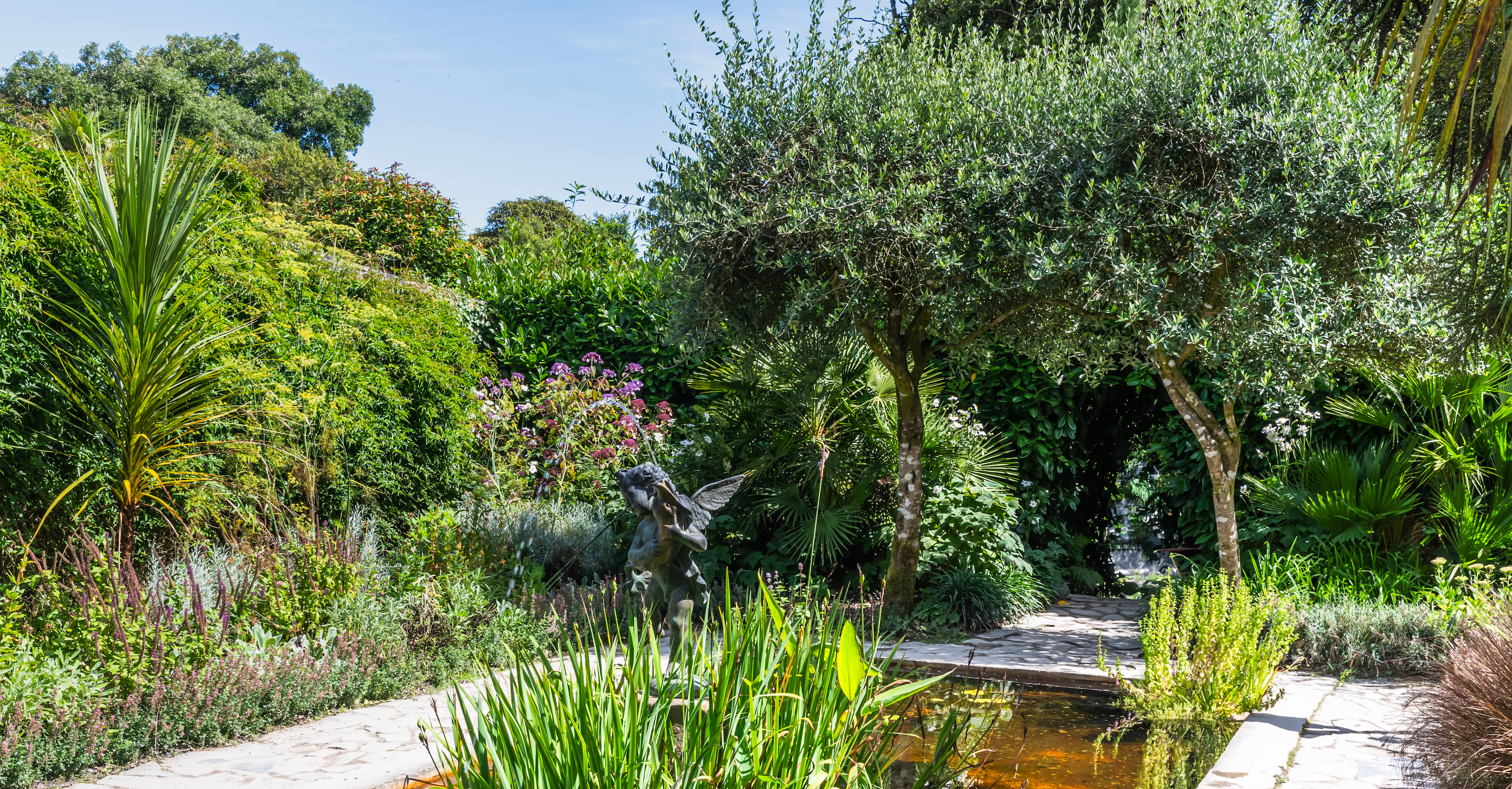
Wilder gardens are in the spotlight, with many seeking to create a more natural landscape within their own yards. Rather than imposing the outdated rigid uniformity of perfectly manicured lawns and symmetrical flower beds, forest gardens allow nature to do its thing.
In essence, wild gardens and forest landscape styles are a look to the past to create a better future. This freer, more ecological approach to backyards not only looks better, it requires less artificial chemicals, improves soil quality and gives endangered wildlife, like butterflies, bees, birds and other pollinators a home. It can even be a food source.
If you're ready to embrace this concept, or want to take it further, find out how to make your backyard look like a forest according to horticultural experts.
'No gardener sets out to do wrong to the world by any act of gardening, but what if we were more conscious about doing right by it?,' says Kelly D Norris, author, The New Naturalism. 'This presents the need for clear, thoughtful strategies that might help us reprogram our plantings and subsequent gardening activities.'
How to make your backyard look like a forest
'Transforming your garden into a forest begins with a blend of observation and strategic planning,' says Sidney Etienne, who teaches a Syntropic Farming course at Nature Skills platform, Earthed.
'Initially, engage with your land — analyzing the soil to understand its needs and potential is a foundational step. Equally, recognizing the orientation of your land in terms of sunlight, wind patterns, and water flow is critical for tailoring a plan that aligns with its natural characteristics.
'Researching native flora is the next phase; a focus on species that mutually support each other in your locale is beneficial. Indigenous plants are inherently equipped to thrive in their native habitat, promoting a balanced ecosystem.
The Livingetc newsletters are your inside source for what’s shaping interiors now - and what’s next. Discover trend forecasts, smart style ideas, and curated shopping inspiration that brings design to life. Subscribe today and stay ahead of the curve.
'Approach this transformation incrementally; there’s no need to revamp your entire space instantaneously. Starting with a manageable section allows you to experiment, learn, and gradually extend your efforts based on acquired insights and confidence.'
1. Create a canopy
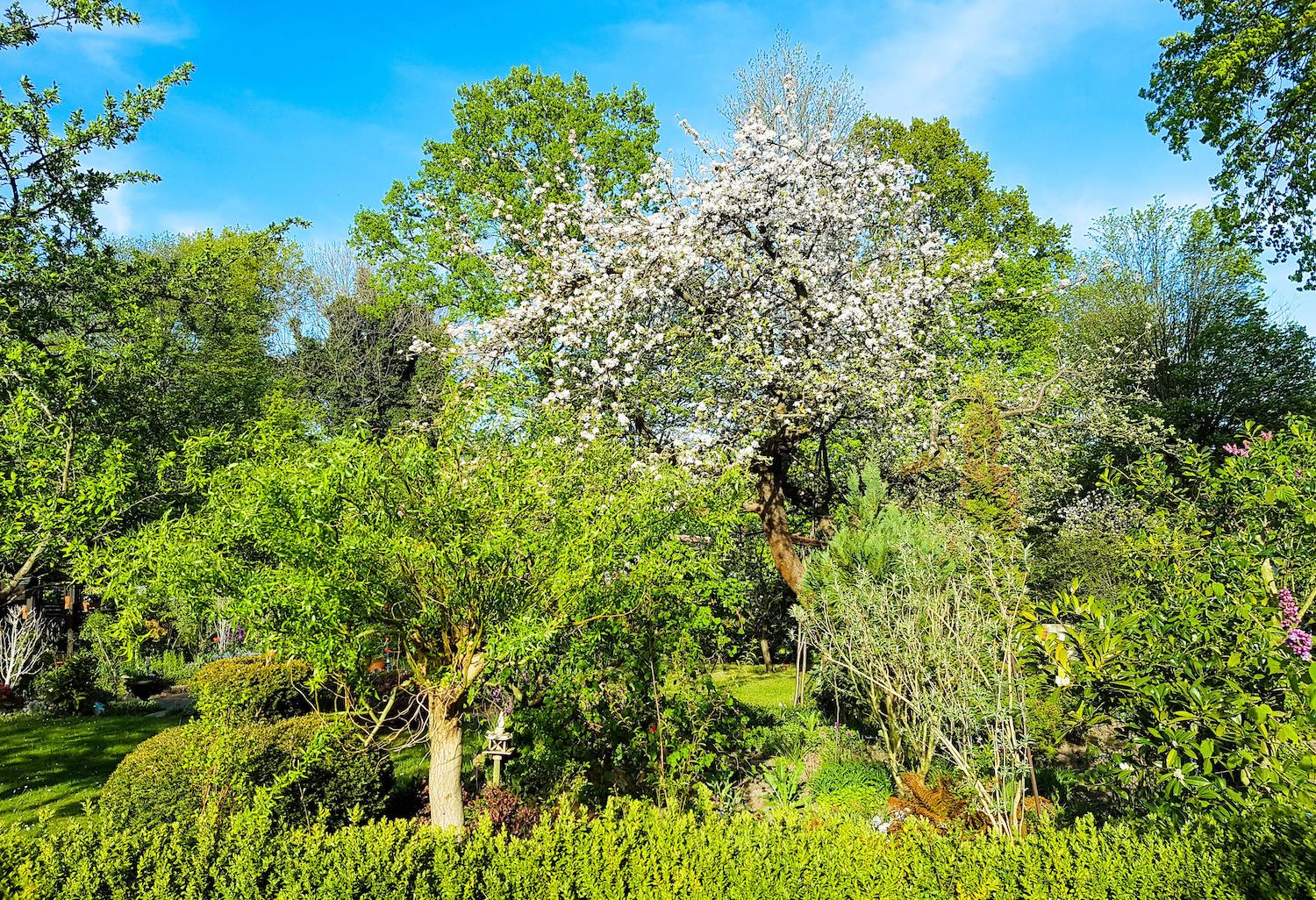
Forests and woodlands are filled with trees, so creating a tall canopy is a key part of this style. Native plantings are important for your forest garden to thrive without too much intervention. If where you live was originally desert or prairie, adapt your 'forest-style' to this landscape, with succulents or grasses.
To begin, find out your USDA Hardiness zone, as this will direct you to the plants and trees that are more likely to thrive in your region.
Obviously, mature trees take time to establish, so 'forest gardening' requires one eye on the future. Whether starting from scratch or adding to existing stock, choose a mix of fast-growing trees and sturdier, slower species. Cedar and oak are good options. Another popular choice is to create a 'food forest' with larger fruit or nut trees, such as pecan, persimmon or walnut.
'In syntropic agroforestry, we regard the ecosystem holistically from the outset,' says Sidney Etienne at Earthed. 'We often commence with the soil and ground layer — introducing fast-growing, pioneering species that enhance soil quality, provide shade, and establish a conducive microclimate for subsequent species. This groundwork paves the way for the canopy trees and fosters a nurturing environment for them to flourish.'
'On an increasingly warming planet, the future of life as we know it might well be underneath the green shade of the trees we plant today,' says Kelly D Norris, author, The New Naturalism. 'Your most forward-looking act as gardener is to plant a tree, preferably a native, so that the life you give it in the garden might yield more in the decades to come.'
2. Choose your understory (lower tree) layer
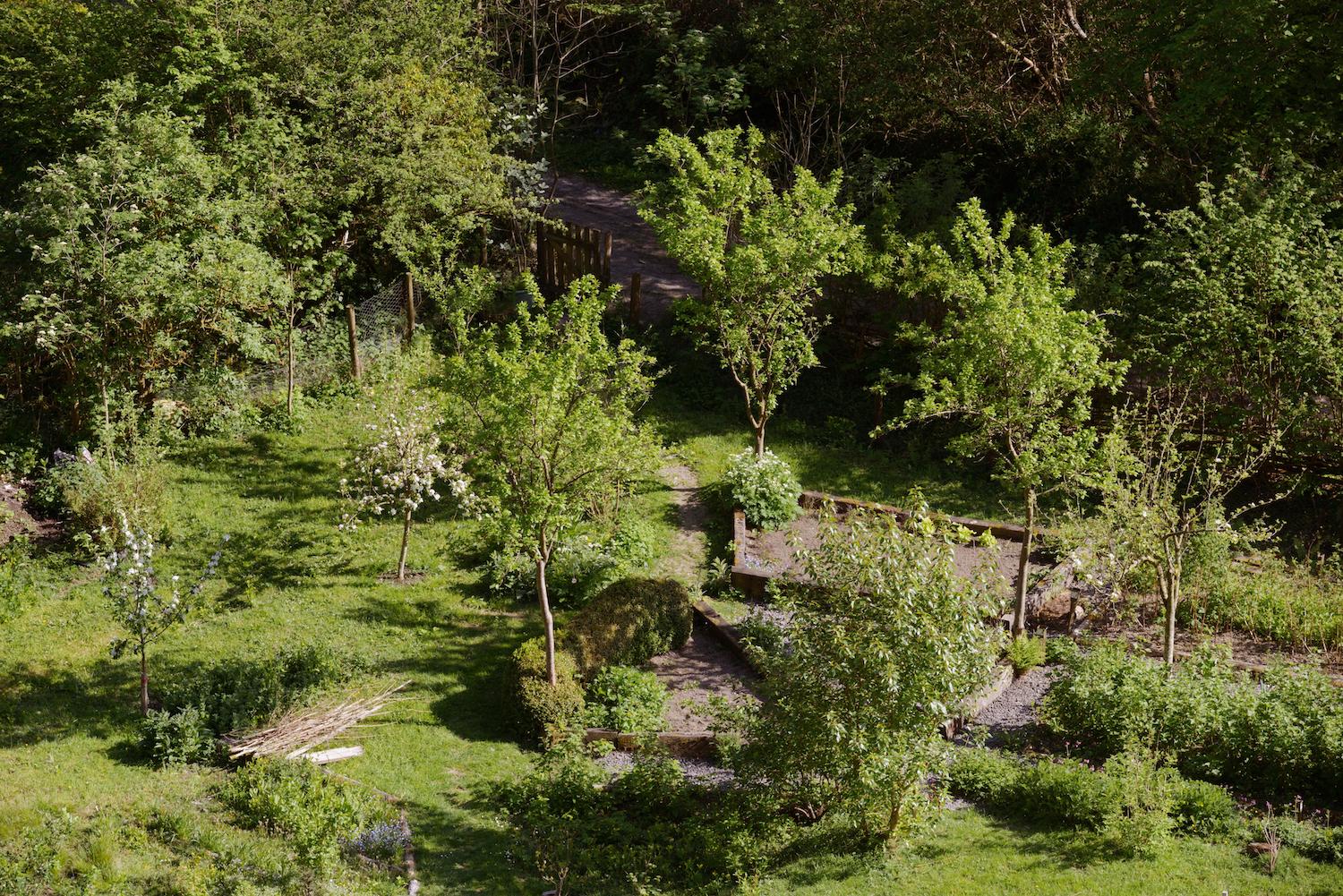
Forests have several layers and the next layer down from the tall tree canopy is the understory, which consists of smaller shade-tolerant varieties. These could include apple or pear trees, chestnut, walnut or mulberry.
'Trees form the foundation and the core of a food forest,' says Daron at Growing with Nature. 'Pick each one carefully to give it the best chance you can to thrive.'
In a food forest, the taller canopy trees can be pruned to provide mulch for the understory productive species according to permaculture expert, Geoff Lawton.
Gardener and author, Jo Ellen Meyers Sharp at The Hoosier Gardener suggests contacting your state forestry agency’s Urban and Community Forestry Program, if you have questions about which tree species are most suitable to your area.
3. Select your shrubs and bushes
Next is the shrub layer. This can include currant and berry bushes, such as raspberries, blueberries, gooseberries, or whatever is native to and grows well in your area. Many shrubs will provide a harvest within two years of planting.
These shrubs not only offer up bounty for you, they provide food for birds too. Although, you may lose a few berries to swooping visitors, the birds will in turn feed on bugs too and keep pests at bay naturally.
According to Daron and Michaela , founders of Growing with Nature, the shrub layer is a great way to support your trees too. 'Shrubs are a great way to build up soil in a food forest,' says Daron. 'They shade the soil around your trees and block some of the wind, which helps retain moisture and reduces the stress on young trees.'
'The strategic placement of plants, particularly in anticipating future sun and shade dynamics, requires careful consideration of each species’ requirements and eventual growth,' says Sidney Etienne. 'Starting with a basic layout of your garden, identifying areas of varying sunlight exposure helps in planning the placement of different plants according to their light needs.
'As your garden evolves into a forest, maintaining diversity and resilience becomes paramount — integrating a variety of species across different heights and functions. This diversity not only emulates natural forest ecosystems but also enhances the ecological balance and productivity of your garden.'
4. Pick your perennials
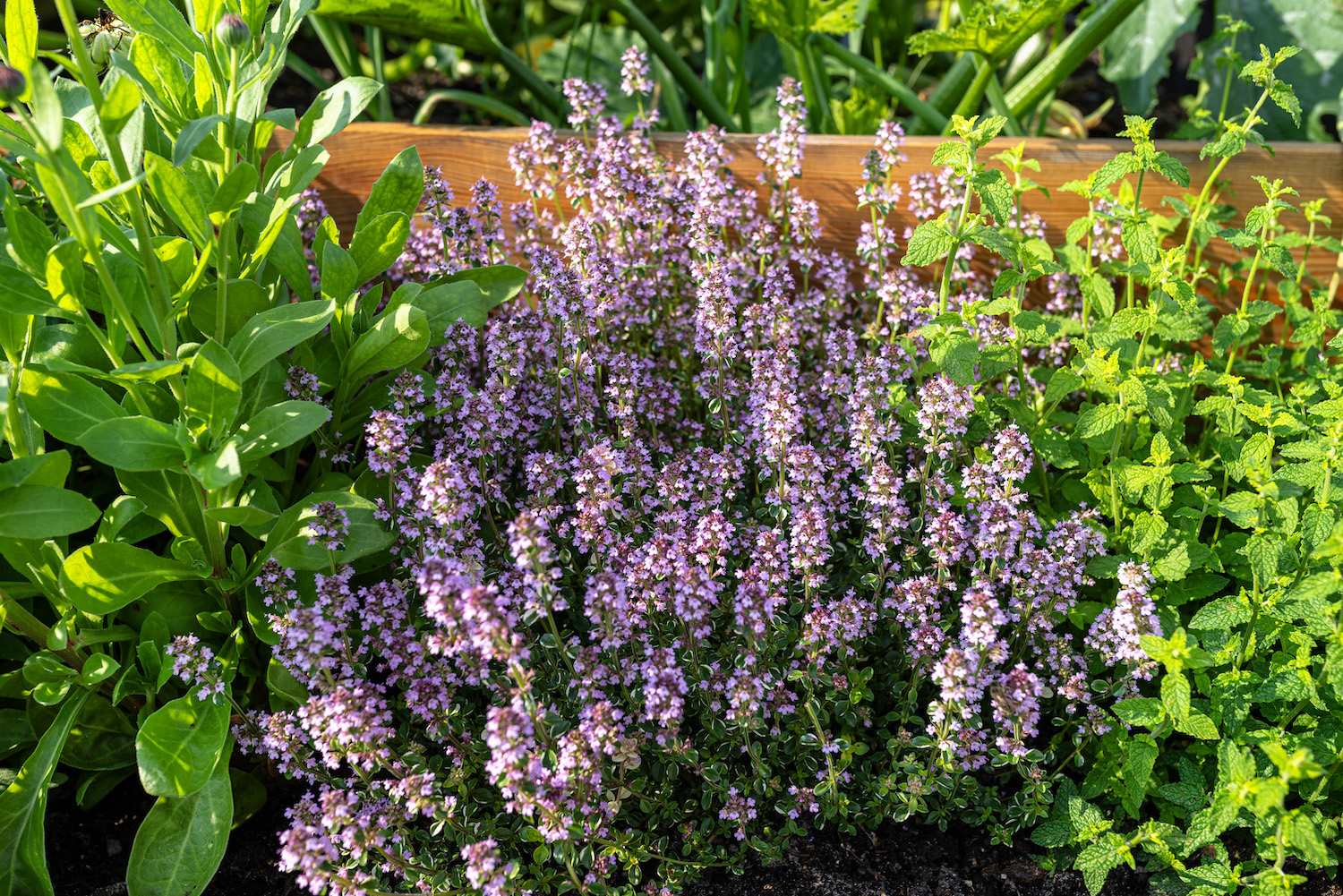
Below the shrubs are the perennials–or the herbaceous (non-woody) layer. These could be flowering plants–or edibles, if you want a food forest. Jo Ellen Meyers Sharp says sorrel, horseradish and rhubarb, or herbs such as thyme, comfrey and oregano make a good herbaceous layer.
'Flowering perennials with edible parts could also be added for color; try daylilies, pansies, and violas,' she says.
'These plants die down in the fall as the weather cools and re-sprout in the spring,' explains Dani Baker, author of the Home-Scale Forest Garden from Chelsea Green.
Plants need light to survive so shade-tolerant varieties do well in this forest layer. Although, according to Dani Baker it is possible to incorporate more light into your forest garden.
'The edges of natural woodland have more light and more plant growth,' explains Dani. 'I designed my forest garden with wide, curving access routes between collections of plants, so a wide variety can grow even though the trees and shrubs will cast some shade.'
5. Plant roots and stems
On and below the ground level is the root and stem layer, so plants with starchy roots, such as carrots, parsnips and potatoes belong here. This can also include onions, Jerusalem artichoke and ginger.
'There are variations in different climates but all forests have layers that occupy the space,' explains permaculture expert, Geoff Lawton. 'When we design a food forest, we use those layers to our benefit for production and maintenance through function.
'There is no other system that produces as much food in as little space. Food forests work anywhere. These systems give us security and supply our needs without causing damage.'
6. Grow your groundcover
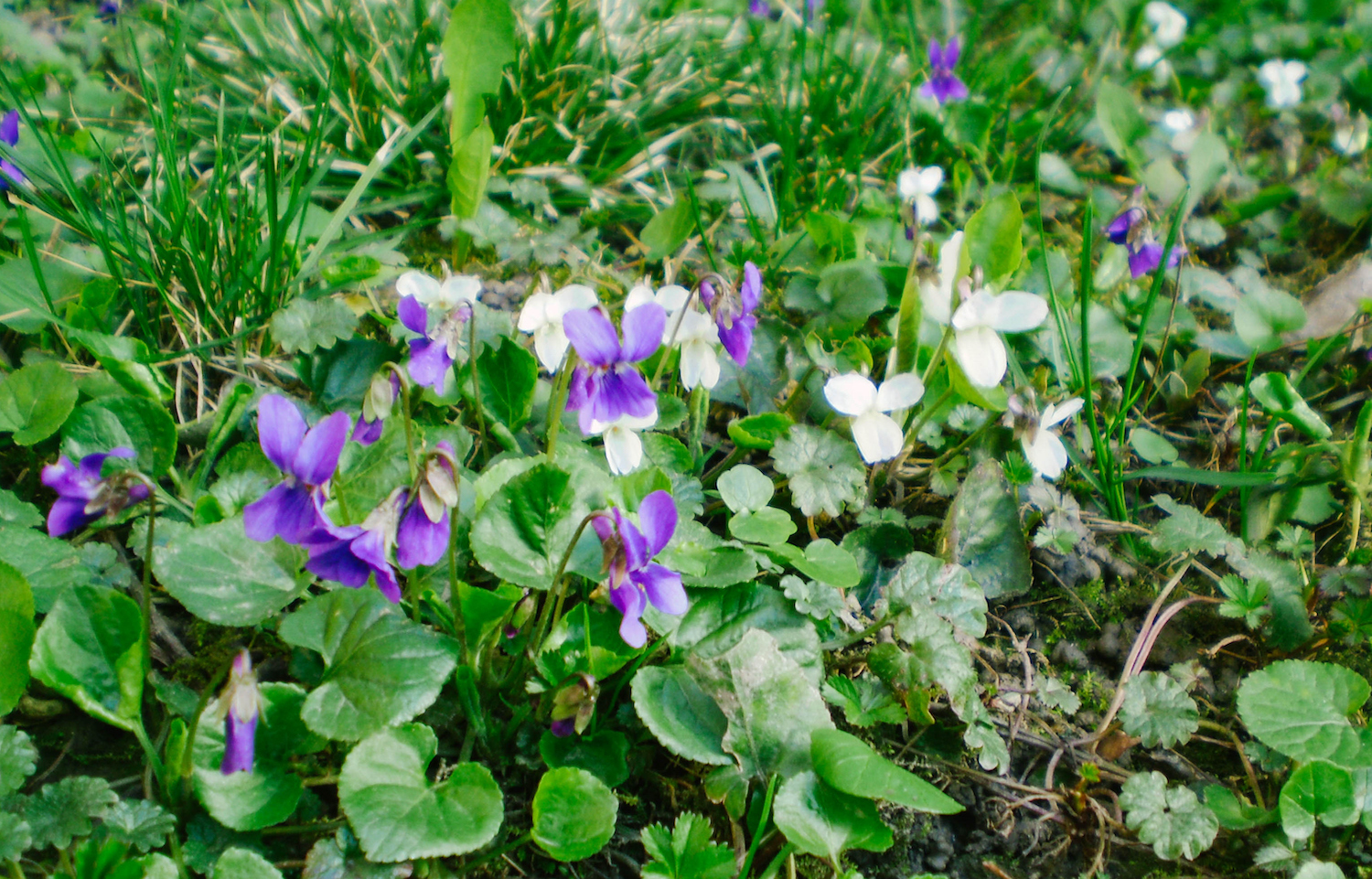
There may be some cross over between groundcover plants and those in the roots or shrub layers, depending where you live. It's not a strict division. However, these plant should be shade-tolerant and can include violets, clover, strawberries, wintergreen and other low-growing shrubs.
'Aim to include as many layers as you can,' says Dani Baker. 'Although, in a small plot, you may have shrub, herbaceous and ground cover layers only and no canopy or understory trees.'
7. Position vines and climbers

Climbers and vines are an integral part of a forest. For your forest garden, these can be ornamental, edible–or both.
Decorative flowering vines include Virginia creeper, clematis and mimosa. Edible climbers, such as nasturtiums, beans, peas or grape vines can look pretty too; providing flowers and food.
These climbing plants can be trained over walls, trellises, pergolas, fences and other fixtures, where they will offer shade or cool down hot surfaces in the summer.
8. Create clearings
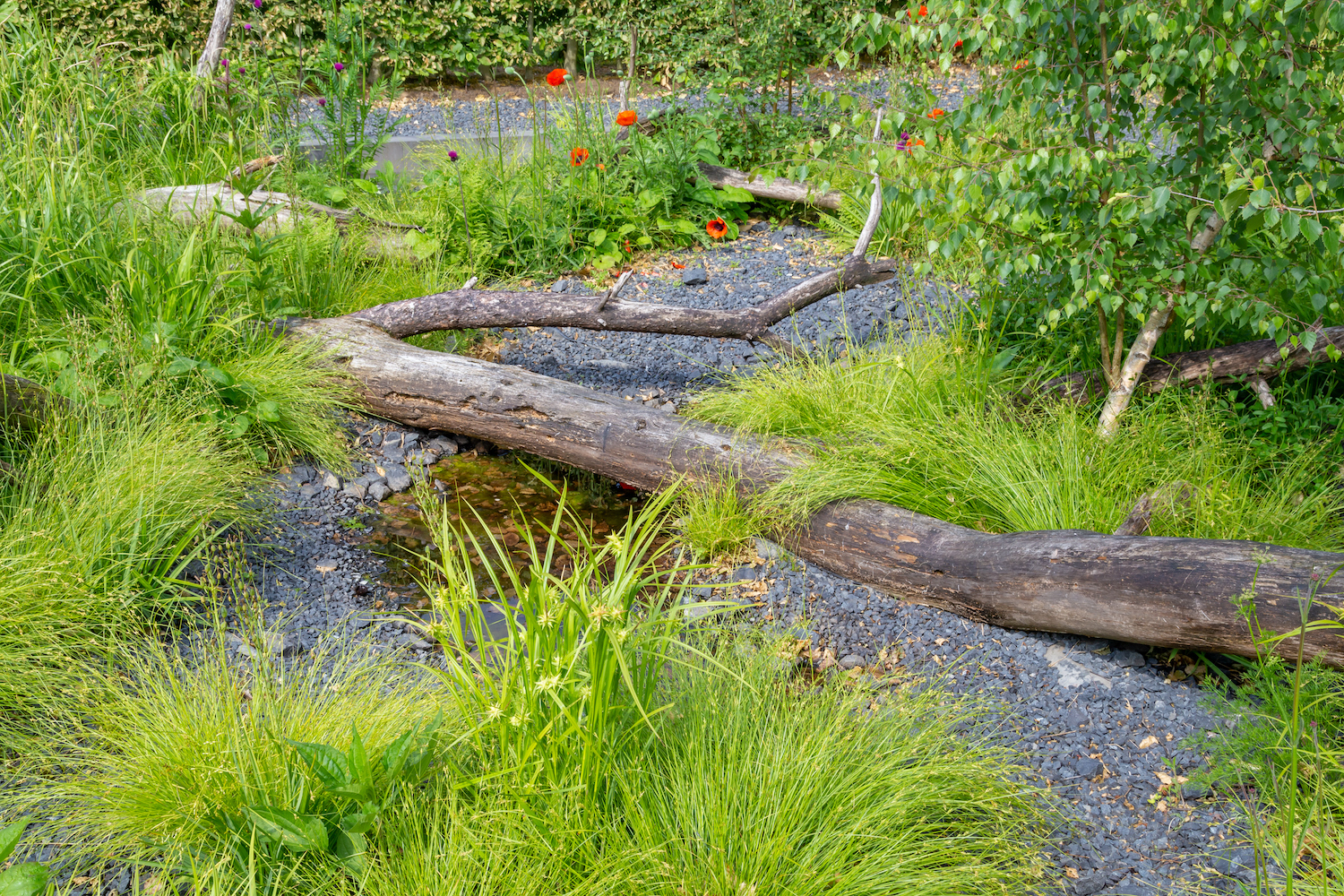
'To authentically embody the essence of a forest within your garden, emphasize the creation of natural pathways and clearings, akin to those found in wild forests,' says Sidney Etienne.
'Incorporating elements such as fallen logs, rocks, and water features not only enriches the aesthetic appeal but also attracts a diverse array of wildlife. Over time, as your plants mature, your garden will organically transform into a vibrant, forest-like oasis, fostering biodiversity, carbon sequestration, and offering a tranquil retreat for connection with nature.'
Jacky Parker is a freelance lifestyle journalist and writer, producing a wide range of features for magazines and digital platforms. She has written for Livingetc and its sister titles, Homes & Gardens and Country Homes & Interiors for more than 15 years, both as a freelance contributor and as Acting Digital Editor and Acting Style Content Editor, regularly reporting on the latest interiors, gardens and wellness inspiration, speaking to experts in their respective fields, and discovering the best tips.
Jacky has also written for other publications, including Sunday Times Style, The Telegraph, Architectural Digest, House Beautiful, ELLE Decoration, Red, Grand Designs and more.